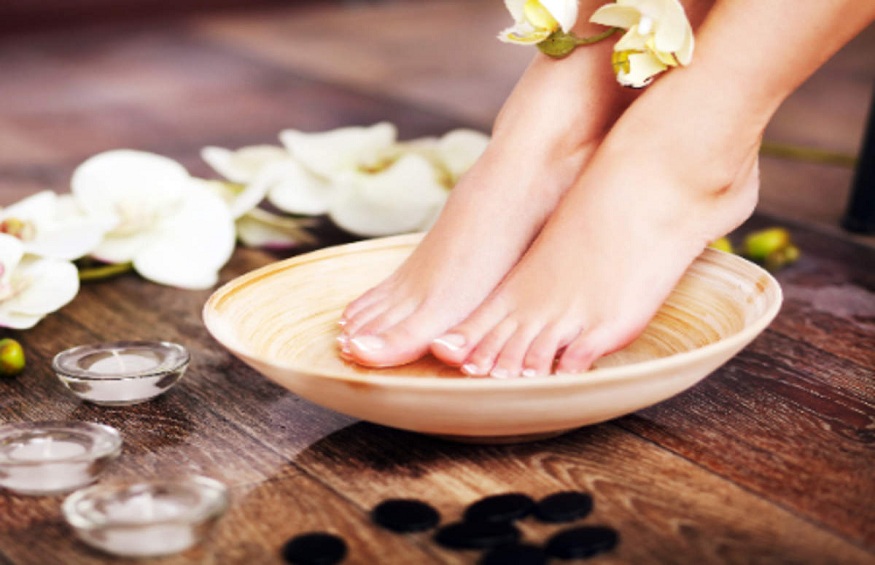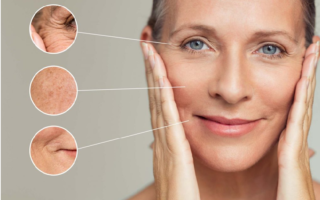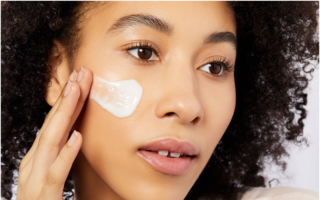Our feet play an essential part in our mobility. When we walk or stand, our feet endure the weight of our bodies, the demands of movement and the limitations of footwear. Occasionally, the pressure applied on foot becomes unbalanced, resulting in excess friction on certain regions of the foot. When this occurs, the body responds to greater pressure by increasing the thickness of the skin’s outermost layer. These thickened skin areas are called calluses and serve as part of the body’s defence mechanism to protect the underlying tissues. However, if the pressure source is not alleviated, calluses will continue to thicken and grow, producing pain.
Development of the Corn
If pressure is concentrated in a small region, a hard “corn” may form. Occasionally, the pressure of a corn or callus can cause inflammation, resulting in severe pain, swelling, and redness. Sometimes’soft’ corn can develop between the toes when the skin is moist due to sweat or insufficient drying. These have a whitish, rubbery appearance and are generated by severe friction.
Most corns and calluses develop on the balls of the feet or the tops of the toes. Additionally, they can be present on the heels and along the sides of the toenails.
What Causes Calluses and Corns?
Calluses and corns are indicators of underlying biomechanical issues caused by the interaction between our feet and the ground during dynamic motion. Sometimes, they can be early warning signs of more serious foot problems. Because they are generated by constant pressure in one region, they may signal anomalies or deformities in a person’s bone structure or gait. Ill-fitting shoes and improper footwear selection frequently cause calluses and corns.
Who Gets Corns and Calluses?
Nearly everyone! Calluses and corns are the most common type of foot condition. Due to their skin type, some people have a natural tendency to grow calluses. For instance, aged individuals have less fatty tissue and suppleness in their feet, which can lead to the formation of calluses on the bottom of the foot. In addition, those whose jobs require them to spend a great deal of time on their feet are also more likely to develop calluses.
Our Method and Treatment
Never attempt to cure calluses or corns on your own without first consulting a specialist. It is vital to have a podiatrist check your feet to determine what could be causing the pressure, as calluses are typically indicators of other conditions. Corn paint and plasters sold over the counter are ineffective and can harm the healthy skin surrounding the corn. Additionally, you should never remove corns or calluses yourself. In the restricted areas of a shoe, the air is extremely humid and heated. This creates the ideal environment for infections to spread rapidly and develop into catastrophic wounds.
Prevention of Corns and Calluses and Foot Care
The easiest strategy to avoid calluses and corns from forming is to pay attention to your feet when you feel excess pressure in particular areas. It is crucial to wear shoes that fit properly, especially if you spend long periods on your feet, and you should never wear the shoes of others. Daily use of a moisturiser will assist in maintaining your skin’s suppleness, and those containing a mild acid are useful for removing dead/dry skin.




